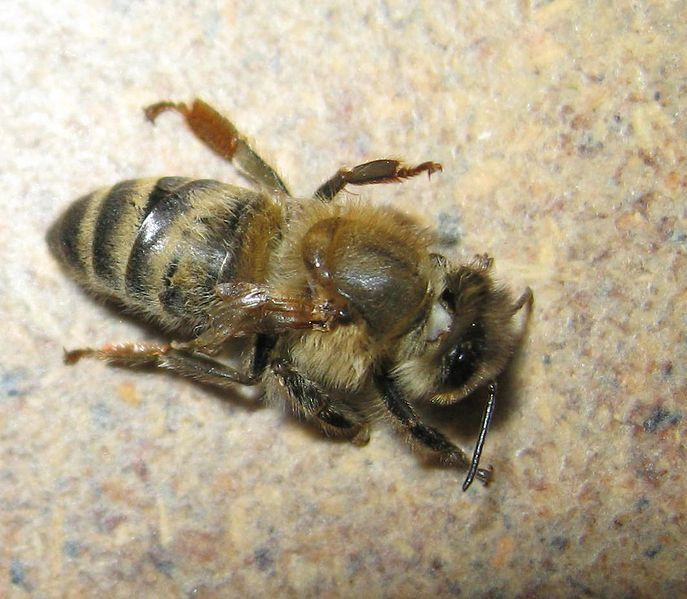Honeybee Disease Found ‘Replicating Inside’ Wild Bumblebees, Virus Has ‘Significant’ Impact On Bee Population

Diseases found in managed honeybee colonies have spread to wild bumblebee populations, a new study suggests.
The findings, published in the journal Nature, show that common honeybee diseases such as the deformed wing virus (DWV) and the fungal parasite Nosema ceranae can be contracted by wild bumblebees and threaten their survival.
"Wild and managed bees are in decline at national and global scales,” Dr. Matthias Fürst from Royal Holloway University of London said in a statement. “Given their central role in pollinating wildflowers and crops, it is essential that we understand what lies behind these declines.”
The results suggest that the diseases can be spread from managed populations to wild ones. Researchers also found the two pathogens could infect adult bumblebees as well. The study involved observing wild honeybees from 26 sites in the U.K. and found that 11 percent of bumblebees were infected with DWV and 7 percent were infected with the fungus. About 35 percent of the honeybees had DWV and 9 percent had the fungus.
"One of the novel aspects of our study is that we show that deformed wing virus, which is one of the main causes of honeybee deaths worldwide, is not only broadly present in bumblebees, but is actually replicating inside them. This means that it is acting as a real disease; they are not just carriers," Fürst said.
Furst says the bumblebees contract the diseases when they land on flowers that have been pollinated by infected honeybees. Bumblebees can also pick up the diseases after stealing nectar from honeybee hives.
"These pathogens are capable of infecting adult bumblebees and they seem to have quite significant impacts," study author Mark Brown of the University of London said. Bumblebees seem to be affected more from the diseases – infected ones have a shorter lifespan and unlike honeybees that have tens of thousands of workers, bumblebees only have hundreds. This makes each loss more detrimental.
While the study was limited to the U.K., researchers say the same pattern can be found around the world.
"National societies and agencies, both in the UK and globally, currently manage so-called honeybee diseases on the basis that they are a threat only to honeybees. While they are doing great work, our research shows that this premise is not true, and that the picture is much more complex. Policies to manage these diseases need to take into account threats to wild pollinators and be designed to reduce the impact of these diseases not just on managed honeybees, but on our wild bumblebees too," Brown said.
© Copyright IBTimes 2024. All rights reserved.






















